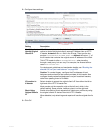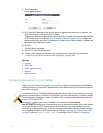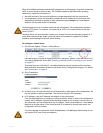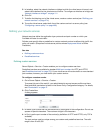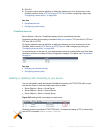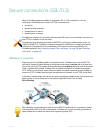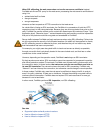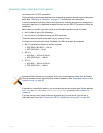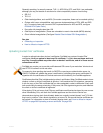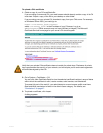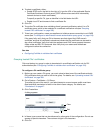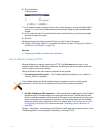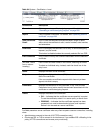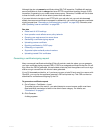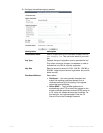
Fortinet 279 FortiWeb 5.0 Patch 6 Administration Guide
Supported cipher suites & protocol versions
How secure is an HTTPS connection?
This is partially physical consideration
s such as restricting access to private keys and decrypted
traffic (see “Offloading vs. inspectio
n” on page 277). Another part is the encryption.
A secure connection’s protocol version and cipher suite, including encryption bit strength and
encr
yption algorithms, is negotiated between the client and the SSL/TLS terminator during the
handshake.
Which device is the SSL terminator varies by the FortiWeb operation mode. It is either:
• the FortiWeb (if doing SSL offloading)
• th
e web server (if FortiWeb is doing only SSL inspection)
Therefore supported cipher suites also vary by operation mode.
For example, inline protection mode, FortiWeb is the SSL terminator, and supports:
• SSL 2.0 (disabled by default for security reasons)
•
DES-ED
E3-CBC-MD5 — 192-bit
• DES-CBC-MD5 — 64-bit
• SSL 3.0
• AES-SHA — 256-bit & 128-bit
• DES-CBC3-SHA — 168-bit
• TLS 1.0
• AES-SHA — 256-bit & 128-bit
• DES-CBC3-SHA — 168-bit
If required by compatibility reasons, you can
enable less secure
cipher suites. See the settings
weak_enc and ssl-md5 in the config system global command in the FortiWeb CLI
Reference.
If you are not sure which cipher suites are supported by your web se
rver, you can use a
client-side tool to test. See “Checking the SSL/TLS handshake & encryption” on page 653.
Ephemeral Diffie-Hellman key exchanges, which may be accepted by clients such as Google
Chrome, are not currently supported in all modes of operation. See
“Supported features in each
operation mode” on page 62.



